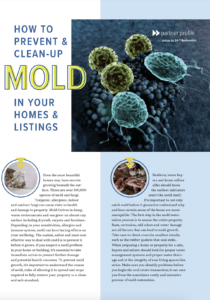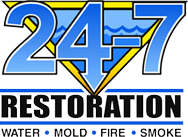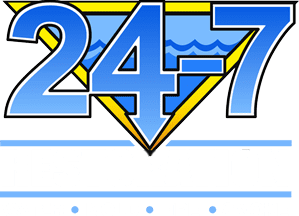Frequently Asked Mold Remediation Questions
If You Have Mold Issues, It’s Nice To Know What You’re Dealing With
Can I Use Bleach To Kill Mold?
A simple question with a complicated answer! The short version is that bleach can be used to kill mold, but it isn’t always recommended. There are a lot of drawbacks to bleach. It gives off terrible fumes, it’s caustic, and it can be incredibly dangerous when combined with other chemicals. As if that weren’t enough, it also lacks detergency and loses its effectiveness quickly.
However, it can still definitely be used to kill mold. You will want to check whether the mold you’re targeting is on a porous or non-porous surface. Non-porous surfaces are generally safe to use bleach on. This would include things like shower tiles, bathtubs, countertops, etc.
Porous surfaces, on the other hand, should never be cleaned with bleach. Porous surfaces, which include things like wood or drywall, absorb the water in bleach while leaving the chlorine on the surface. This means the mold only gets more moisture to feed off of, and will likely become worse. In this case, it’s better to use a fungicide.
There are a lot of additional factors to consider when cleaning porous surfaces. For example, has the surface been painted or sealed? Has the mold done any damage to the material? If damage has been done, removing the mold won’t fix it, and the material will need to be removed and replaced.
If you still aren’t sure if bleach is an acceptable option for your mold problem, err on the side of caution and avoid it. It isn’t worth the risk.

Download our FREE guide on how to Prevent Mold
If you're looking for a comprehensive guide on how to prevent mold in your home, look no further! Our free guide is here to help you identify the causes of mold growth and provide you with actionable steps to prevent it from happening in the first place.
To get your hands on this free guide, simply click the button below and download the guide so you can start taking steps to keep your home mold-free today!


